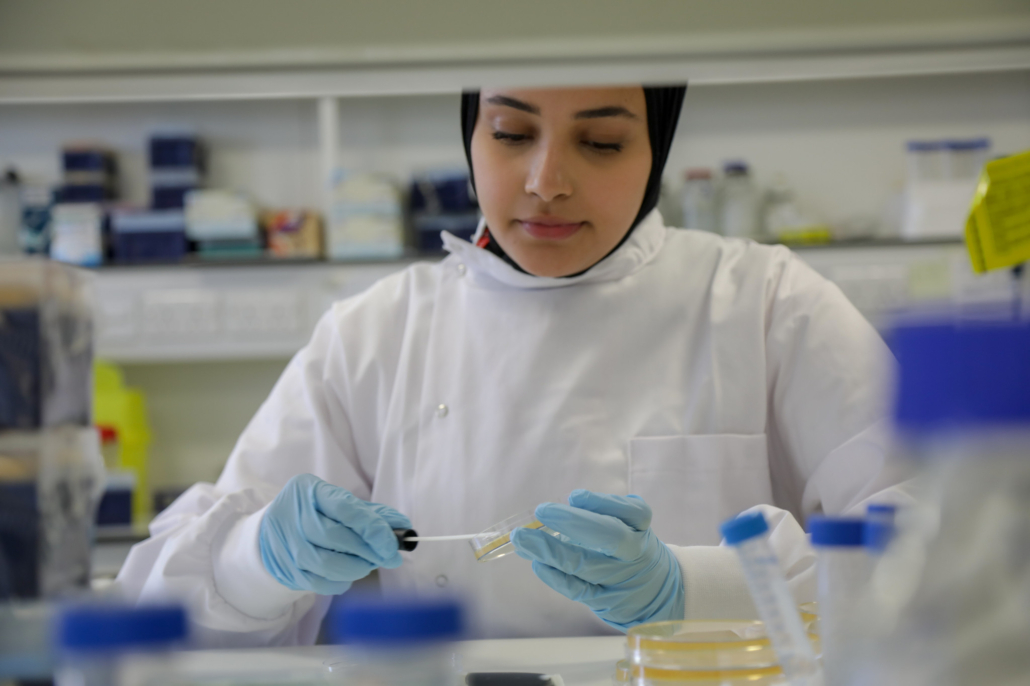Addressing Antimicrobial Resistance in Low-Income Countries

Antimicrobial resistance (AMR) causes approximately 252,833 child deaths in low- and middle-income countries each year. Children living in Africa’s sub-Saharan region are 58 times more likely to die from AMR than those in high-income countries, according to an article published by the Center For Global Development in 2022.
In 2021, the World Health Organization (WHO) listed AMR as one of the “top 10 global public health threats facing humanity.” The good news is that numerous organizations are implementing policies to limit the number of deaths from AMR in low-income countries, and new studies on AMR show promising results.
AMR Explained
AMR develops when bacteria, parasites and viruses evolve over time and no longer react to medicines. This makes infections more difficult to treat and contributes to the spread of disease and death. Two well-known examples of antimicrobial-resistant infections include tuberculosis and MRSA.
Common causes of AMR are the overuse of antibiotics and lack of access to clean water and sanitation. Lower-income regions do not have the economy or infrastructure that allows for proper water and sanitation services. As a result, individuals living in low- and middle-income countries are 1.5 times more likely to die from AMR than those living in high-income regions.
The Potential Impact of Vaccinations
In early July 2023, BMJ Global Health released a new study that emphasized the importance of vaccination in combating the spread of antimicrobial-resistant infections. According to the study, vaccines targeting 15 pathogens could save more than half a million lives in Africa and Southeast Asia from vaccine-preventable AMR deaths each year. Vaccines could also prevent an estimated “28 million disability-adjusted life years” resulting from AMR-related infection.
Although this study is fairly recent, there has been ample progress in tackling the issue of antimicrobial resistance in low-income countries since its publication.
A New and Improved Report
In September 2023, a group of researchers from the Center for Global Development released a 68-page report titled, “A New Grand Bargain to Improve the Antimicrobial Market for Human Health.” The report outlines current issues with the antimicrobial market and poses political and operational recommendations. It also urges stakeholders to back these recommendations during the future UN General Assembly High-Level Meeting on AMR in 2024.
Political commitment to tackle AMR, especially in low-income countries, has increased over the years. High-level commitments were made at both the 2015 World Health Assembly and the 2016 UN General Assembly. About 38 countries are currently developing national action plans to tackle AMR in their countries, and 170 countries have already finalized their National Action Plan.
The United Republic of Tanzania is in the process of implementing a second five-year National Action Plan from 2023 to 2028 to target AMR deaths. The 140-page document extensively covers the issue of antimicrobial resistance within the country, with six main strategic objectives. These objectives include “awareness raising and risk communication,” as well as “research and development,” which includes plans such as establishing dissemination and sharing frameworks for AMR research results.
Tanzania is just one of 169 other countries that have developed national action plans for tackling antimicrobial resistance.
As of 2019, AMR has directly contributed to 1.27 million deaths and is linked to an additional 3.7 million fatalities each year. Through further research and the development of action plans, it is possible to combat AMR and create a safer life for communities in low- and middle-income regions.
– Naaima Abd-Elhameed
Photo: Flickr
